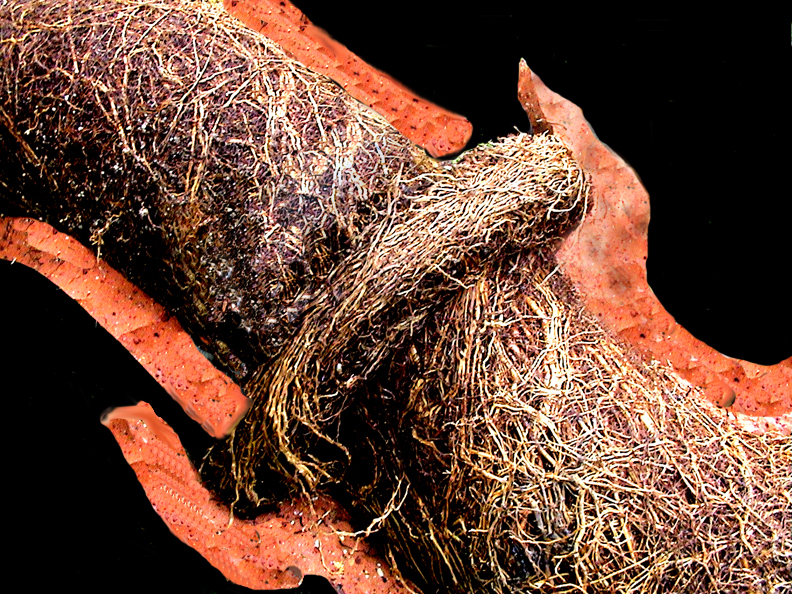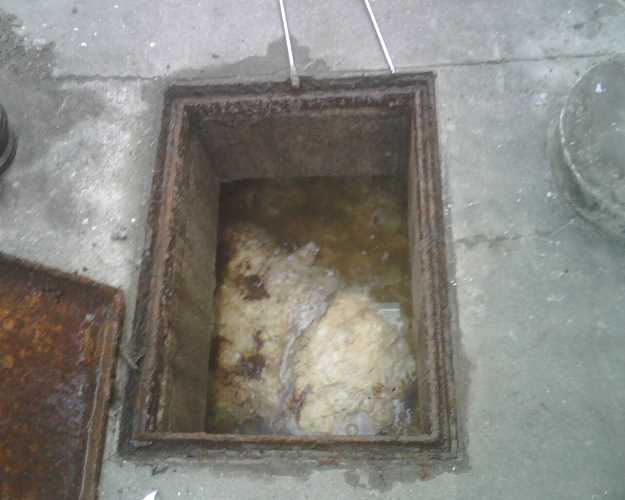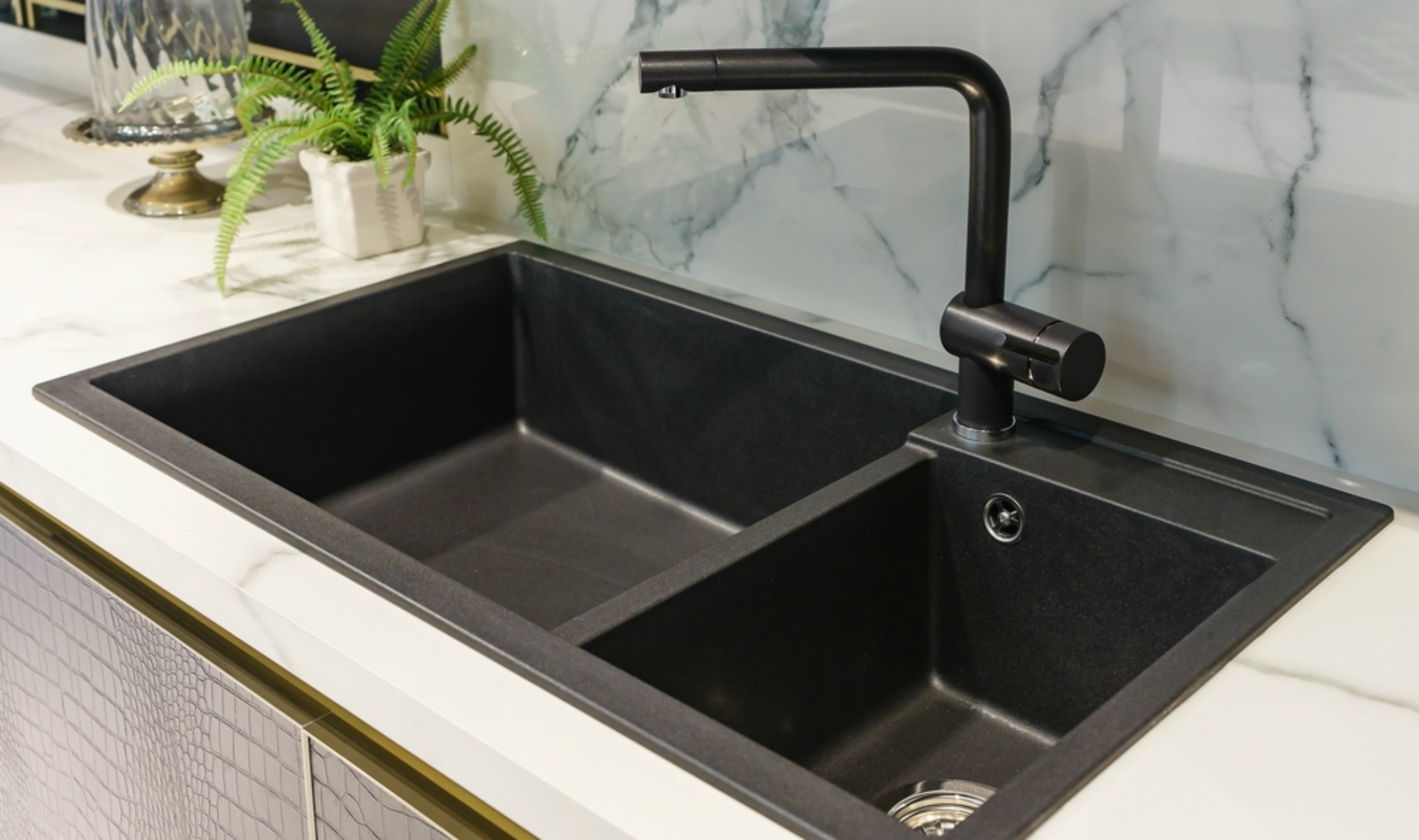The biggest cause of blocked sewer pipes at a residential property are tree roots.
However, with an increased reliance on convenience, wet wipes and fat rinsing are becoming more common and troublesome to our sewer systems.
The humble baby wipe, hand wipe and ‘flushable’ wipe have been making their way into our waste management systems and it’s costing millions of dollars to remove.
The rinsing of fats has seen the rise in ‘fatbergs’ which are large masses, travelling through the sewer pipe, getting larger as they travel and congeal with other fats and wet wipes in the system.
These three threats to our sewers are detrimental to effective waste water management, but they can also incur extra cost to the homeowner through their water and sewer bill.
From a location matter, an unexpected blockage can cause a call out to a plumber to rectify.
When it comes to wipes and fats, these can be prevented from entering the sewer through behavioral changes. Tree roots, however, are an environmental blockage to a waste pipe.
Trees to avoid planting to prevent tree root invasion to a waste pipe
The trees to avoid planting in your garden or anywhere near your sewer line are Paperbarks, Bottlebrushes and Fig Trees.
Trees to plant instead are Gardenias and Lemon Myrtles. Look for plants with non-invasive roots.
Before you plant a new tree or plan your landscaping, check where your main sewer runs and check what type of root system your trees will have. If they have an invasive and strong root system, they have the potential to grow through your sewer pipe.
What causes tree roots to grow through sewer pipes?
I’ve heard mixed causes of how tree roots penetrate pipes. I’ve heard that the pipe needs to be already broken (due to movement in the ground) which allows roots to grow through the pipe.
But other experienced plumbers have advised tree roots can strangle a pipe and cause it to fracture allowing the roots to find their way through the pipe.
No matter how the pipe gets broken, it’s best to avoid running a house sewer line near large trees if you’re building in a new area where there are a lot of Paperbarks.
If your house is well established and you have a council tree that causes problems, it’s best to discuss the matter with the council about what you’re options are on removing it.
Most times, the trees are protected which can be frustrating as the roots can cause expense to to a home owner, let alone a health and safety issue if raw effluent backflows through the house. (It should overflow through the ORG though)
Trees also have the potential to cause damage to a home in a storm if they fall.
What to do if tree roots are causing pipe blockages to your property
- Call a plumber every 18 months to 2 years to continually jet rod the roots inside the pipe. This is costly in the long run, and an inconvenience, but a cheaper short term option.
- Excavate and dig up the main sewer and replace the broken section. This can be expensive and labour intensive. Once completed, you should have no issues with tree roots for a very long while – if ever.
- Reline the inside of the sewer pipe with a sleeve. This avoids digging up the sewer. This option may not be viable for your property. Check with a approved and licensed tradesperson to get their opinion and expertise.
Have you experienced a pipe blockage due to tree roots? Were you surprised by the biggest cause of blocked sewer pipes in a home? Do you live in an area with a lot of trees?
The main image was sourced from Balkan Plumbing.








